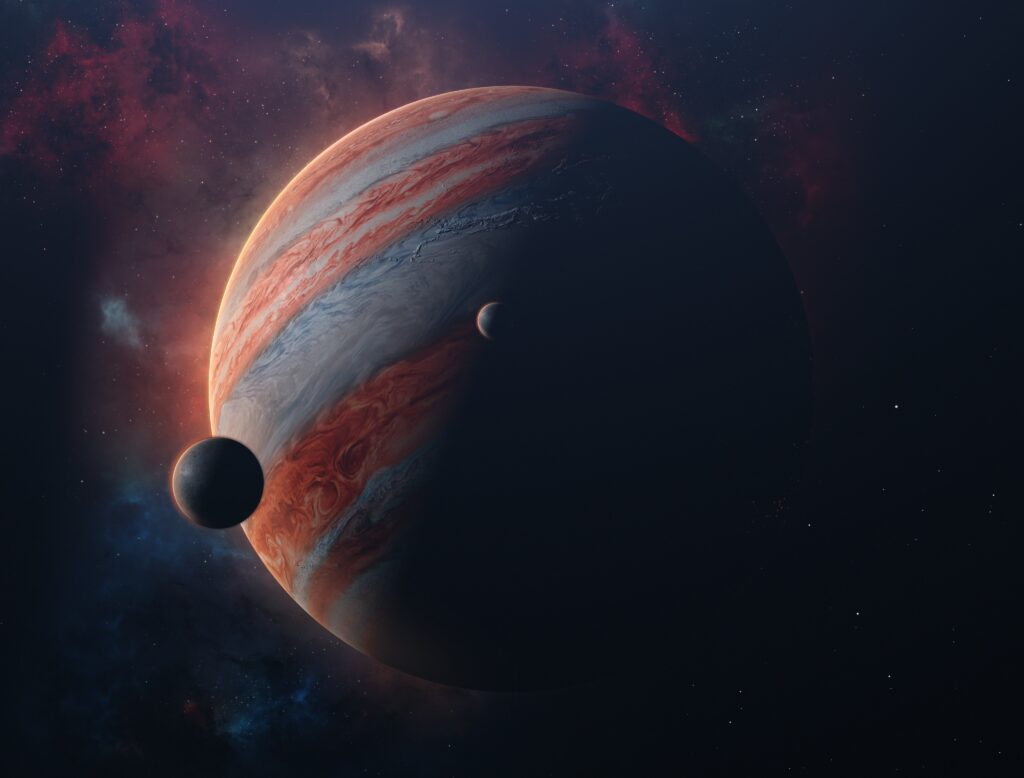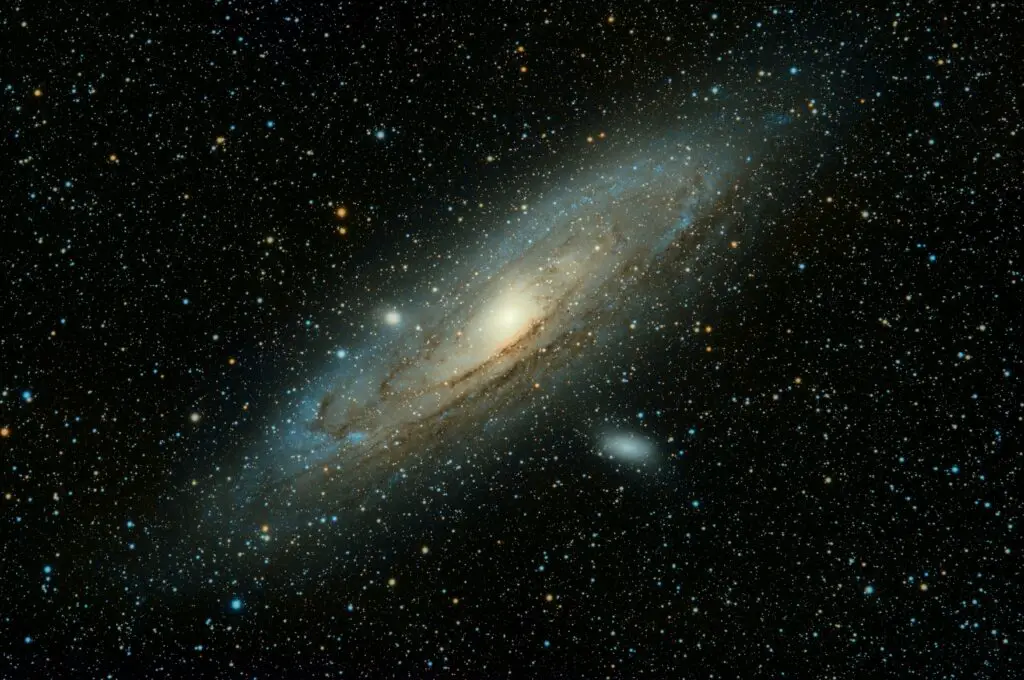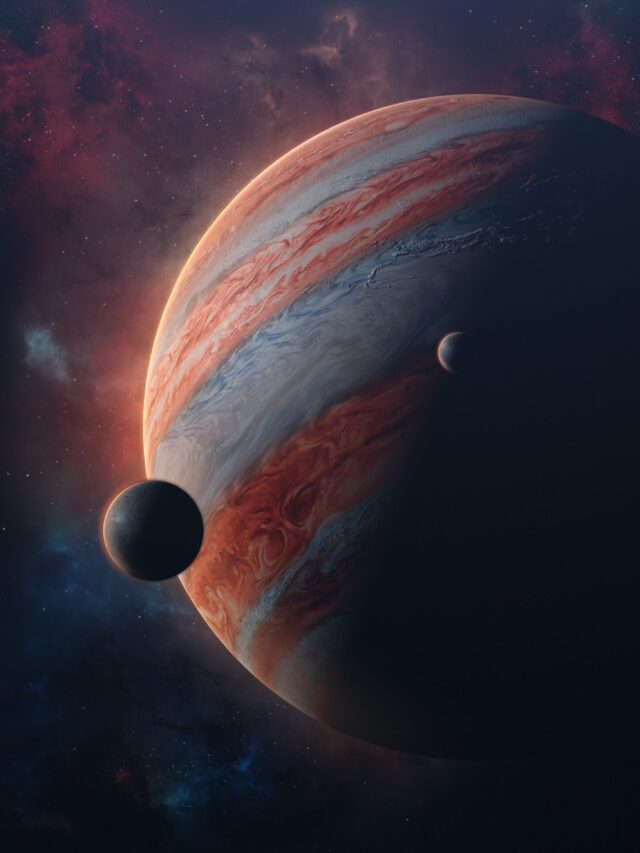Wonders of the Solar System
The universe, with its vast expanse, holds mysteries and wonders beyond human understanding. One of the most awe-inspiring chapters in cosmic exploration is our solar system. From the dazzling brightness of the Sun to the farthest reaches of the Kuiper Belt, the Solar System is a stage where celestial wonders unfold. In this journey, we will embark on a cosmic tour, exploring the wonders that make our solar system a captivating sight.

1. Introduction
Imagine a space so vast that it takes more than eight minutes for light, the fastest entity we know, to travel from its source to Earth. This is the region of our solar system, a cosmic neighborhood that includes the Sun, planets, moons, asteroids, comets, and more. The sheer scale is astonishing, the Sun alone contains 99.86% of the mass of the Solar System.
2. Sun: Our stellar miracle
At the center of our cosmic neighborhood reigns the Sun, a giant ball of plasma that provides the energy needed for life on Earth. The dance of solar flares across its surface adds a burst of mesmerizing beauty, reminding us of its dynamic nature and influence on the entire solar system.
3. Majestic Planet: A Journey Beyond Earth
Venturing beyond Earth, each planet in our solar system offers a unique view. From the stormy whirls of Jupiter to the ringed majesty of Saturn, each planet tells a story of its own composition, atmosphere and distinctive features. The Earth, with its diverse ecosystems, stands out as the only known haven for life.
4. Lunar Beauties: Earth’s celestial companions
The Moon, Earth’s celestial companion, exerts a profound influence on our planet. From tidal forces to the inspiration it provides in art and literature, the Moon continues to captivate our collective imagination. Lunar events such as eclipses and moon phases add to the celestial drama.
5. Asteroids and Comets: Cosmic Wanderers
The solar system is not just about planets. Asteroids and comets, relics from the solar system’s early days, are cosmic wanderers with their own stories to tell. The impactful events they produced on Earth have left an indelible mark on the history of our planet.
6. Beyond Neptune: The Kuiper Belt and the Oort Cloud
As we travel beyond Neptune, we encounter the Kuiper Belt and the Oort Cloud, home to dwarf planets like Pluto. These distant regions hold clues to the formation of the Solar System and host mysterious objects in long, mysterious orbits.

7. Space Oddities: Black Holes and Pulsars
In the cosmic ballet, black holes and pulsars take center stage as some of the most fascinating phenomena. Black holes, with their gravitational pull so strong that nothing can escape, challenge our understanding of space and time. Pulsars, spinning neutron stars, emit beams of radiation in a mesmerizing rhythm.
8. Interplanetary Travel: Past, Present, and Future
Humanity’s curiosity has led us to explore beyond our home planet. From the first steps on the Moon to rovers exploring Mars, our pursuit of knowledge has made remarkable achievements. There are even more ambitious plans in the future, including missions to the outer planets and beyond.
9. The Search for Extraterrestrial Life: Are We Alone?
The question of extraterrestrial life has troubled humans for centuries. Scientists are actively searching for signs of life beyond Earth, focusing on planets within the habitable zone where conditions may be favorable for life as we know it.
10. Solar System Mysteries: Unanswered Questions
Despite our advances in astronomy, many mysteries remain. Dark matter and dark energy, which together make up about 95% of the universe, defy our current understanding. Ongoing research aims to solve these cosmic mysteries.
11. Impact on Earth: The Solar System’s Role in Climate
The solar system’s influence extends beyond the celestial sphere to influence Earth’s climate. Solar cycles, characterized by changes in the Sun’s activity, play a role in climate change. Understanding this delicate balance is important to combat climate change on our home planet.
12. Impact on mythology and culture
Throughout history, the celestial bodies of our solar system have inspired myths, legends, and cultural beliefs. From ancient civilizations attributing divinity to the planets to modern pop culture references, the above cosmic wonders have left an indelible mark on the human imagination.
13. Future Frontiers: Colonizing Other Planets
As technology advances, the idea of colonizing other planets becomes more than mere science fiction. Visionary thinkers and space agencies are actively exploring the feasibility of human settlement on planets like Mars. Although challenges abound, the prospect of becoming a multi-planetary species is both exciting and challenging.

14. Sustainable Energy: Harnessing Solar Energy
Back on Earth, the Sun’s energy plays a vital role in our quest for sustainable energy. Solar panels, capturing sunlight and converting it into electricity, have become a major player in the transition to clean energy. Continued progress promises to have an even more significant impact on our energy landscape.
15. Conclusion
In the vastness of the solar system, each celestial body tells a unique story. From the Sun’s blazing glow to the frozen landscapes of distant dwarf planets, the wonders of our cosmic neighborhood continue to fascinate and inspire. As we delve deeper into the mysteries of the universe, the Solar System remains a testament to the beauty and complexity of the universe.
questions to ask
Question: How far is the farthest planet from the Sun?
Answer: Neptune holds the title of the most distant planet from the Sun, orbiting at an average distance of about 2.8 billion miles.
Question: Are there other solar systems like ours?
Answer: Yes, scientists have discovered thousands of exoplanets in other solar systems, some of which may have conditions suitable for life.
Question: Can we get energy from other stars in the solar system?
Answer: At present, our technology limits us to obtaining energy from the Sun. The idea of obtaining energy from other stars remains speculative.
Question: Which is the largest asteroid in our solar system?
Answer: Ceres, located in the asteroid belt between Mars and Jupiter, is the largest asteroid in our solar system.
Question: How are black holes formed in the solar system?
Answer: Black holes typically form from the remains of massive stars that undergo gravitational collapse, creating a region of space-time with intense gravitational forces.

